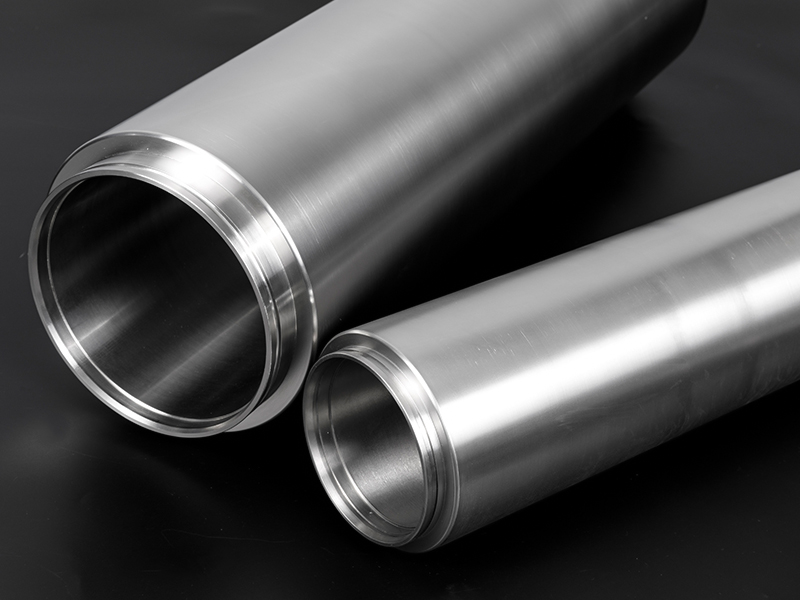In addition to the recovery and recrystallization process of the cold-worked structure of the titanium alloy tube when heated, there are also compound solutions and a → β polymorphic transformation. In order to improve the performance of titanium alloys and titanium plates, in addition to necessary alloying, appropriate heat treatment is generally required. The recovery process of titanium alloy and titanium plate is also a process in which most of the second type of internal stress generated during deformation is eliminated through the movement of vacancies and dislocations at a certain temperature. The temperature at which the recovery process occurs is lower than the recrystallization temperature, generally 500 to 650°C.
Like other metals, the recrystallization process of titanium alloy plates and titanium plates is also a process of nucleation and growth of crystal grains in the deformed structure. At this time, the lattice type does not change, but there is a change in mechanical properties. This process is affected by the degree of cold deformation, heating temperature and holding time, and can be recrystallized through three-dimensional recrystallization of cold deformation rate, heating temperature and recrystallized grain size.

The influence of alloying elements on the recrystallization temperature of pure titanium has been described in the previous section. In addition to niobium and cobalt, commonly used alloying elements and impurity elements can increase the recrystallization temperature of titanium. The measurement of recrystallization mainly adopts the method of combining metallographic observation and X-ray diffraction. When recrystallization occurs, fine equiaxed grains appear on the deformed fibrous structure, and at the same time, the diffraction ring on the X-ray back-reflected Laue diagram begins to become unconnected spots.
For heat-treatable β alloys, incomplete aging (500°C/4-8 hours, air cooling) can also be used to show the recrystallized structure, and the unrecrystallized grains after incomplete aging will appear dark after corrosion. It has been measured that the starting recrystallization temperature of TA2 pure titanium is about 550°C, TA7 titanium alloy is about 600°C, TC4 titanium alloy is about 700°C, and TB2 alloy is 750°C.
It should be pointed out that in titanium alloy tubes and titanium plates, the recrystallization process is often accompanied by some other structural changes. For example, in near-a alloys and a+β alloys where the content of β stabilizing elements is small, the dissolution of phase a and the change of β composition are accompanied; in heat-treatable β alloys, the recrystallization process often occurs at the same time as the recrystallization process. Or it may cause inoculation effect on subsequent aging.








